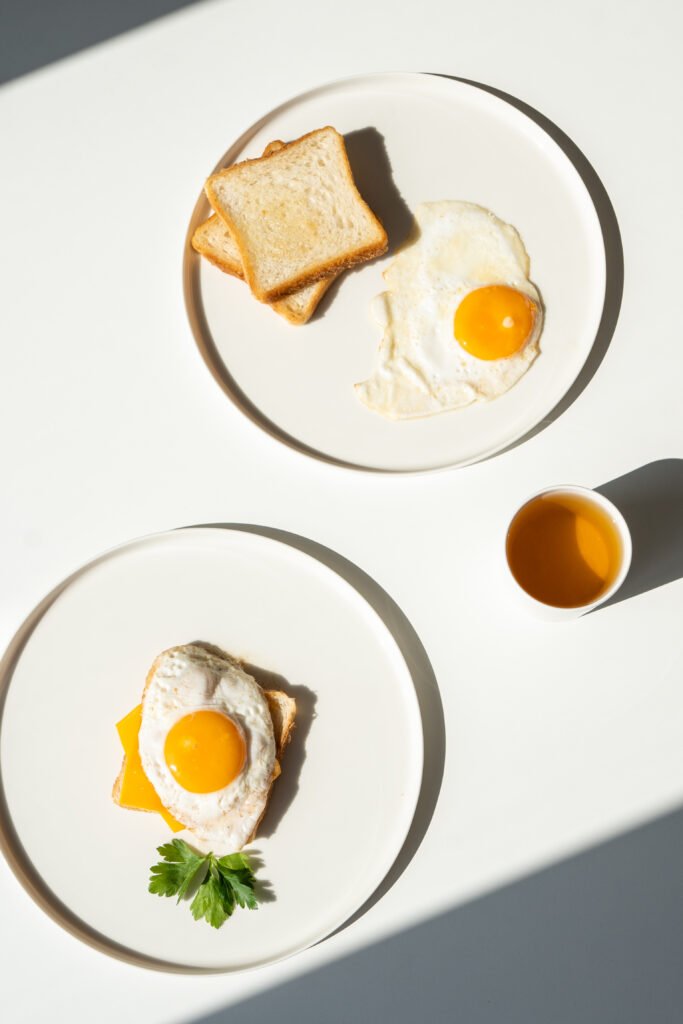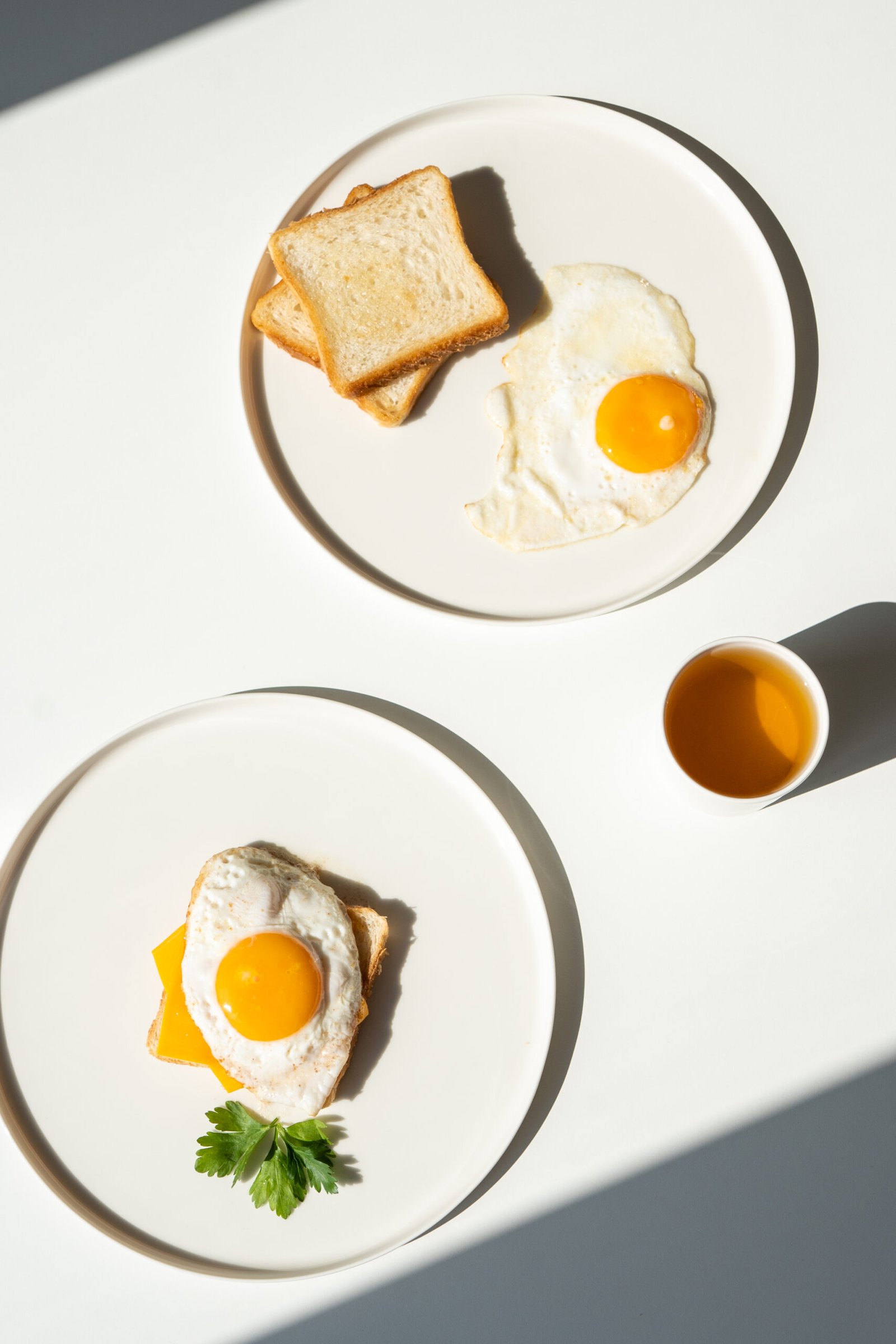Are you tired of your fried chicken turning out soggy and lacking that desired crispy, golden exterior? Look no further, as we unveil the secrets to achieving the perfect fried chicken. From the ideal frying temperature to the importance of dredging and seasoning, we will guide you through the process step-by-step, ensuring that your fried chicken is deliciously crispy and golden every time. Get ready to impress your friends and family with your newfound chicken-frying skills!
Choosing the Right Chicken
Determining the Cuts of Chicken
When it comes to choosing the right chicken for your fried chicken recipe, one of the first things to consider is the cut of the chicken. Different cuts lend themselves to different cooking methods and textures. Some popular cuts for fried chicken include chicken drumsticks, chicken thighs, and chicken breasts. Each cut has its own unique qualities, so it’s important to choose the one that best suits your preferences. If you prefer dark meat with a richer flavor and more tender texture, drumsticks and thighs are excellent options. On the other hand, if you prefer white meat that is leaner and has a milder flavor, chicken breasts are a great choice.
Selecting Fresh Chicken
Freshness is key when it comes to achieving crispy and delicious fried chicken. When selecting chicken for frying, it’s important to choose fresh chicken that is not expired and has been properly stored. Look for chicken that has a pinkish color with no gray or green undertones. The skin should be smooth and not slimy. Additionally, if you’re purchasing pre-cut chicken pieces, make sure they are evenly sized to ensure even cooking.
Consider the Size of the Chicken Pieces
In addition to choosing the right cut and ensuring the chicken is fresh, considering the size of the chicken pieces is also crucial for achieving perfectly fried chicken. It’s important to have uniform-sized chicken pieces to ensure even cooking. This allows the chicken to cook evenly, resulting in crispy and golden exteriors while maintaining juicy and tender interiors. If the chicken pieces vary greatly in size, some may end up overcooked while others are undercooked.
Preparing the Chicken
Brining the Chicken
Brining is a technique that involves soaking the chicken in a saltwater solution before frying. This step enhances the flavor and juiciness of the chicken while also tenderizing the meat. To brine your chicken, mix together water, salt, and any additional flavorings such as herbs or spices. Submerge the chicken in the brine and let it sit in the refrigerator for a few hours or overnight. The salt in the brine helps to season the chicken from the inside out, resulting in a more flavorful and succulent final product.
Marinating the Chicken
Marinating the chicken is another great way to infuse flavor into the meat before frying. You can use a variety of marinades, such as buttermilk marinade, yogurt-based marinade, or even a simple oil and herb marinade. The acidic components in the marinade help to tenderize the chicken while adding flavor. It’s important to let the chicken marinate for at least a few hours, but overnight is even better. This allows the flavors to penetrate the meat, resulting in a more flavorful and delicious fried chicken.
Drying the Chicken
Before moving on to the seasoning and coating stage, it’s important to dry the chicken thoroughly. Excess moisture on the surface of the chicken can prevent the seasoning and coating from adhering properly, resulting in a less crispy fried chicken. Pat the chicken pieces dry with paper towels to remove any excess moisture. This step ensures that the seasoning and coating will stick to the chicken, creating a crunchy and flavorful crust.

Seasoning and Coating
Using the Right Seasonings
Choosing the right seasonings is crucial when it comes to achieving the perfect flavor profile for your fried chicken. While salt and pepper are the foundation of any good seasoning blend, don’t be afraid to experiment with additional herbs, spices, and seasonings. Popular options include garlic powder, paprika, cayenne pepper, dried herbs like thyme or rosemary, and even a touch of smoked paprika for added depth of flavor. Mix your desired seasonings together in a bowl and make sure to taste and adjust the seasoning blend to your liking before coating the chicken.
Coating the Chicken
Coating the chicken is what gives it that signature crispy and golden exterior. Before coating the chicken, make sure it is dry to ensure the coating adheres properly. The traditional method of coating involves a three-step process: dredging in flour, dipping in an egg wash or buttermilk, and then coating with a final layer of seasoned flour or breadcrumbs. This double coating technique ensures maximum crispiness and flavor. Make sure to fully coat each piece of chicken, pressing the coating firmly to adhere properly.
Using Buttermilk or Egg Wash
To ensure a crisp and flavorful coating, it’s important to use a binding agent before applying the seasoned flour or breadcrumbs. Two common options for this are buttermilk and egg wash. Buttermilk adds tanginess and tenderness to the chicken, while also helping the coating adhere better. If you don’t have buttermilk on hand, you can easily make a substitute by adding a tablespoon of lemon juice or vinegar to a cup of milk and letting it sit for a few minutes to curdle. Alternatively, you can use an egg wash, which consists of beaten eggs mixed with a splash of milk. Both options work well, so choose the one that suits your taste preferences.
Choosing the Right Oil
Considerations for Oil Selection
Choosing the right oil for frying your chicken is important for achieving the best flavor and texture. Highly refined oils with high smoke points, such as vegetable oil, canola oil, or peanut oil, are ideal for frying. These oils can withstand high heat without breaking down or imparting any unwanted flavors to the chicken.
Optimal Oil Temperature
Maintaining the optimal oil temperature is crucial for achieving crispy and golden fried chicken. The ideal frying temperature for chicken is around 350°F to 375°F (175°C to 190°C). If the oil is too hot, the chicken will cook too quickly on the outside while remaining undercooked on the inside. On the other hand, if the oil is not hot enough, the chicken will absorb more oil, resulting in greasy and less crispy chicken. Use a deep-fry thermometer to monitor the oil temperature and make adjustments as needed.
Using a Deep Fryer or Dutch Oven
When it comes to frying chicken, using a deep fryer or a Dutch oven is recommended. These cooking vessels provide a deep pool of oil, allowing the chicken to cook evenly and achieve maximum crispiness. A deep fryer is specifically designed for frying and helps to maintain a consistent temperature. If you don’t have a deep fryer, a Dutch oven or heavy-bottomed pot with high sides works just as well. Make sure to have a slotted spoon or tongs handy for safely removing the chicken from the hot oil.

Frying Techniques
Preheating the Oil
Before adding the chicken to the hot oil, it’s important to preheat the oil to the optimal frying temperature. This ensures that the chicken cooks evenly and quickly, resulting in a crispy exterior and juicy interior. Preheating the oil also helps to establish a protective barrier on the chicken, preventing it from becoming greasy or soggy. Allow the oil to heat up gradually over medium heat until it reaches the desired temperature.
Using a Thermometer
Using a thermometer is essential for maintaining the proper frying temperature throughout the cooking process. As you add the chicken to the hot oil, the temperature will naturally drop. Adjust the heat as needed to bring the oil back up to the optimal frying temperature. Make sure to check the internal temperature of the chicken using a meat thermometer to ensure it reaches a safe minimum internal temperature of 165°F (74°C) for poultry.
Maintaining the Temperature
While frying the chicken, it’s important to maintain a consistent temperature to achieve even cooking and optimal crispiness. Avoid turning the heat up too high, as this can cause the chicken to cook too quickly on the outside while remaining undercooked on the inside. If the temperature drops below the desired range, the chicken will absorb more oil, resulting in greasy chicken. Keep a close eye on the heat and adjust as needed to maintain the optimal frying temperature.
Avoiding Overcrowding the Pan
To ensure crispy and evenly cooked fried chicken, it’s important to avoid overcrowding the pan. Adding too much chicken to the pan at once can cause the oil temperature to drop significantly, resulting in greasy and soggy chicken. Fry the chicken in batches, leaving enough space in between each piece for the oil to circulate and cook the chicken evenly. This ensures that each piece gets the necessary heat and maintains its crispy texture.
Cooking Time
Determining the Cooking Time
The cooking time for fried chicken will vary depending on the size and cut of the chicken pieces. As a general guideline, boneless chicken breast pieces may take around 8-10 minutes to cook, while bone-in pieces such as drumsticks and thighs may require 12-15 minutes. However, it’s important to rely on visual cues and internal temperature rather than strictly following a specific cooking time. The chicken should be golden brown on the outside and reach an internal temperature of 165°F (74°C) for poultry.
Using a Meat Thermometer
To ensure that the chicken is cooked to perfection, it’s always a good idea to use a meat thermometer. Insert the thermometer into the thickest part of the chicken, avoiding contact with the bone. When the chicken reaches the safe minimum internal temperature of 165°F (74°C), it is ready to be removed from the fryer. This guarantees that the chicken is fully cooked and safe to eat while maintaining its juiciness.

Draining and Resting
Draining Fried Chicken
After frying the chicken to a crispy golden brown, it’s important to drain off any excess oil. Place the fried chicken on a wire rack or a paper towel-lined plate to allow the oil to drain away. This step ensures that the chicken remains crispy and prevents the crust from becoming soggy due to excess oil. Give the chicken a gentle shake or pat with a paper towel to remove any remaining oil.
Resting Fried Chicken
Allowing the fried chicken to rest for a few minutes before serving is an essential step that shouldn’t be skipped. Resting allows the juices to redistribute within the meat, resulting in a more tender and flavorful final product. It also gives the crust time to set and become even crispier. While it may be tempting to dive right into that crispy, golden chicken, exercise a little patience and let it rest for about 5-10 minutes before serving.
Achieving Extra Crispiness
Double Dredging Technique
For those seeking extra crispy fried chicken, the double dredging technique is a game-changer. After the initial coating, let the chicken rest on a wire rack for a few minutes before dredging it again in seasoned flour or breadcrumbs. This double coating creates an extra layer of crunchiness and ensures a more substantial crust. The result is a fried chicken with an incredibly satisfying crunch and an irresistible texture.
Using Cornstarch
For an alternative way to achieve extra crispiness, consider incorporating cornstarch into your coating. Mixing cornstarch with flour or breadcrumbs adds an extra element of crispiness to the crust. Cornstarch creates a lighter and crunchier texture, elevating the overall fried chicken experience. Experiment with different ratios of cornstarch to flour or breadcrumbs to find the perfect coating for your taste preferences.
Additional Tips for Extra Crispy Chicken
To take your fried chicken to the next level of crispiness, consider these additional tips:
- Refrigerate the coated chicken for 30 minutes before frying. This helps to further set the coating and lock in the crispiness.
- Add a touch of baking powder to the seasoned flour or breadcrumb mixture. The baking powder creates tiny air pockets, resulting in a lighter and crunchier crust.
- Fry the chicken twice. After the initial fry, let the chicken rest for a few minutes before returning it to the hot oil for a second fry. This double frying method creates an intensely crispy exterior while keeping the meat tender and juicy.
Avoiding Common Mistakes
Using Cold Chicken
One common mistake when frying chicken is using chicken that is too cold. Cold chicken straight from the refrigerator can cause the oil temperature to drop significantly, resulting in greasy and unevenly cooked chicken. To avoid this, allow the chicken to come to room temperature for about 30 minutes before frying. This ensures that the chicken cooks evenly and achieves maximum crispiness.
Not Letting the Chicken Rest
Resting the chicken after frying is essential for a variety of reasons, as mentioned earlier. Skipping this important step can result in the chicken losing its juiciness and the crust becoming less crispy. Give the chicken the time it needs to rest and allow the flavors to meld together. Your patience will be rewarded with a more tender, flavorful, and crispier fried chicken.
Avoiding Incorrect Oil Temperature
Maintaining the correct oil temperature is crucial for achieving perfectly fried chicken. If the oil is too hot, the chicken will burn on the outside while remaining undercooked on the inside. On the other hand, if the oil is not hot enough, the chicken will absorb more oil and become greasy. Using a thermometer to monitor the oil temperature and making adjustments as needed is key to achieving the right balance and a crispy final product.
Skipping Brining or Marinating
Brining or marinating the chicken not only enhances its flavor but also helps to tenderize the meat. Skipping these steps can result in less flavorful and less tender fried chicken. Take the extra time to brine or marinate the chicken, allowing it to soak in the flavors and become more moist and delicious. The extra effort will be worth it when you bite into that perfectly seasoned and juicy piece of fried chicken.
Tips for Flavor Variations
Adding Spices or Herbs to the Coating
If you’re looking to experiment with different flavors and spice up your fried chicken, adding spices or herbs to the coating is a great way to do so. Consider adding spices like cumin, chili powder, or smoked paprika to the coating mixture for a hint of heat and smokiness. Alternatively, you can incorporate dried herbs such as oregano, basil, or dill to infuse the chicken with a fresh and aromatic flavor.
Trying Different Seasoning Blends
Don’t be afraid to get creative with your seasoning blends when it comes to fried chicken. There are countless combinations of herbs and spices that can take your fried chicken to new flavor heights. Consider experimenting with Cajun seasoning for a spicy kick, lemon pepper for a tangy twist, or even a savory Asian-inspired blend with soy sauce, ginger, and garlic powder. Let your taste buds guide you and have fun exploring different flavor profiles.
Experimenting with Different Marinades
Marinating the chicken is not only a great way to add flavor but also allows you to experiment with different marinades for a unique twist on fried chicken. Try marinating the chicken in a mixture of honey and soy sauce for a sweet and salty combination. Alternatively, you can go for a tangy and spicy marinade with a blend of lime juice, hot sauce, and Worcestershire sauce. The options are endless, so let your imagination run wild and create your own signature marinade.
With these secrets to achieving crispy and golden fried chicken, you’ll be able to create a mouthwatering dish that will impress family and friends. Remember to choose the right chicken cuts, prepare and season the chicken properly, choose the right oil and maintain the optimal frying temperature, and follow the tips and techniques for cooking and achieving extra crispiness. Don’t forget to avoid common mistakes and feel free to experiment with different flavor variations. With practice and patience, you’ll master the art of frying chicken to perfection. Enjoy your homemade crispy and golden fried chicken!

